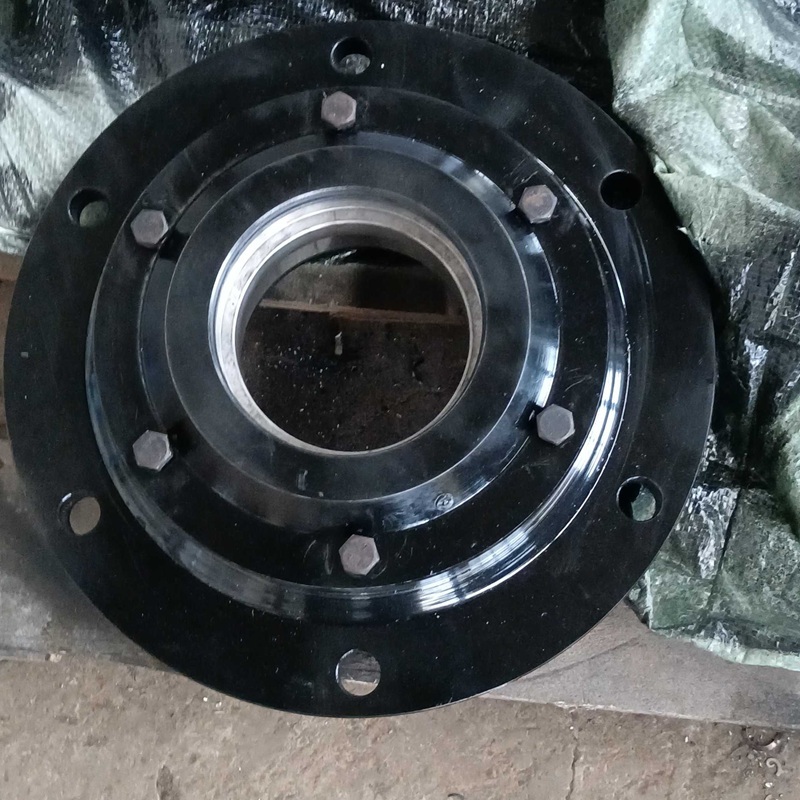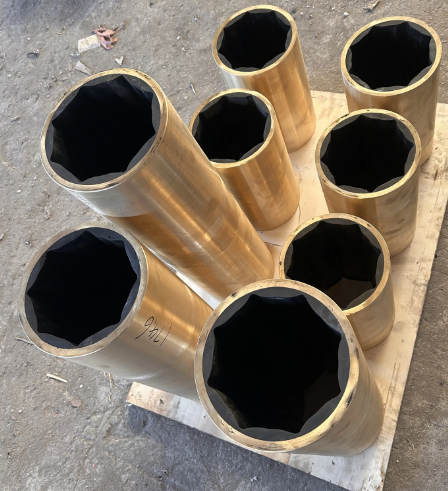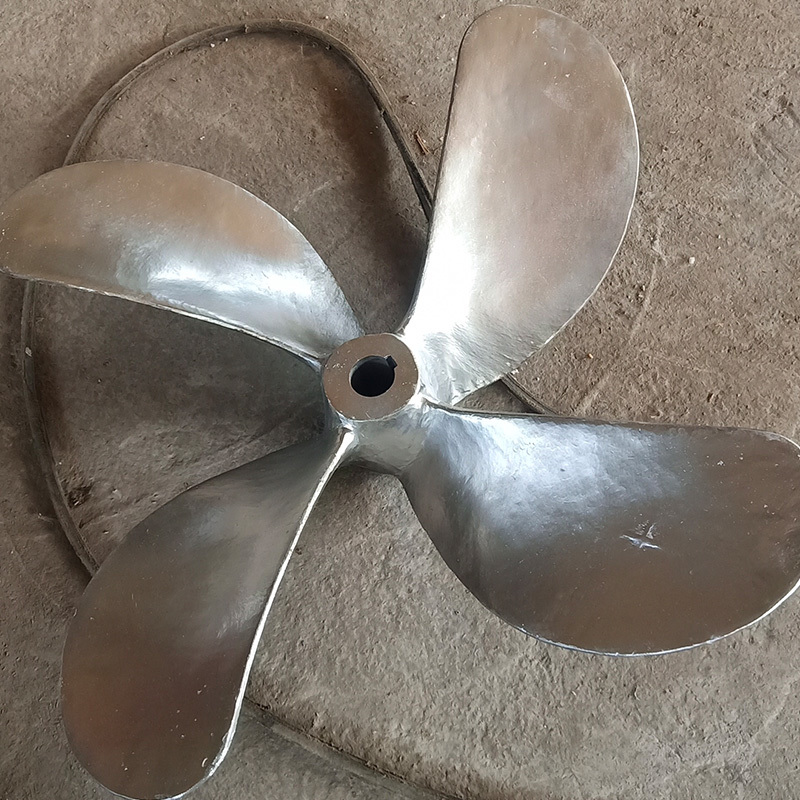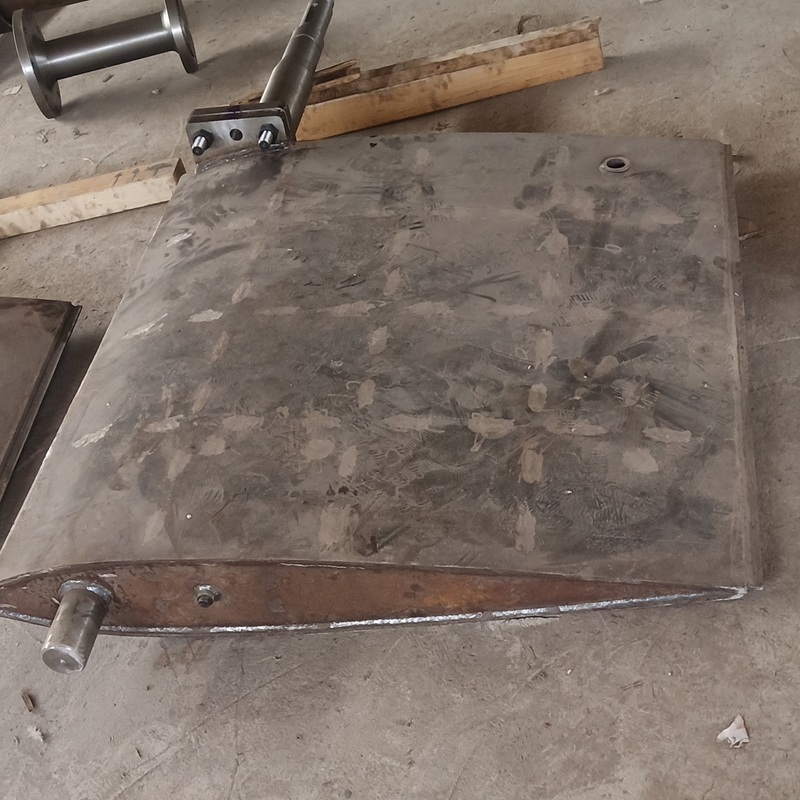Understanding Rudder Bearings: Essential Components for Effective Maritime Navigation
Release Time:
Aug 06,2025
Rudder bearings are essential components in the steering systems of boats and ships, facilitating the rotation of the rudder, which is critical for controlling the vessel's direction. These bearings support the rudder's weight and ensure smooth movement, significantly impacting the overall maneuverability and navigational efficiency of watercraft. The primary function of a rudder bearing is to red
Rudder bearings are essential components in the steering systems of boats and ships, facilitating the rotation of the rudder, which is critical for controlling the vessel's direction. These bearings support the rudder's weight and ensure smooth movement, significantly impacting the overall maneuverability and navigational efficiency of watercraft.
The primary function of a rudder bearing is to reduce friction between the rudder stock and the surrounding structure, allowing for easier steering. When a vessel is in motion, the rudder experiences various forces that can lead to wear and tear on the bearings. Therefore, selecting the right type of rudder bearing is vital for optimal performance.
There are several types of rudder bearings, including:
1. **Bushings**: These are typically made from materials like bronze or nylon and are designed to provide a low-friction surface for the rudder stock. They are often used in smaller vessels due to their cost-effectiveness and ease of replacement.
2. **Roller Bearings**: Unlike bushings, roller bearings use cylindrical rollers to support the load while minimizing friction. They are ideal for larger vessels where higher loads and stresses are common.
3. **Hydraulic Bearings**: These bearings operate using hydraulic fluid to minimize friction and wear. They are often found in modern vessels where precision steering is paramount.
4. **Sealed Bearings**: These are designed to keep water and debris out, extending the lifespan of the bearing and reducing maintenance needs. They are increasingly popular in the industry due to their reliability.
Maintaining rudder bearings is essential to ensure the longevity and effectiveness of the steering system. Regular inspections can help detect early signs of wear or damage, allowing for timely repairs or replacements. Proper lubrication is also critical, as it reduces friction and prevents corrosion, which can compromise the integrity of the bearings.
Moreover, understanding the environmental conditions in which a vessel operates is important. Factors such as water salinity, temperature, and the presence of marine growth can all affect the performance and lifespan of rudder bearings. Therefore, it is advisable for vessel operators to use materials that are resistant to these conditions when selecting rudder bearings.
In conclusion, rudder bearings are a fundamental aspect of maritime navigation, contributing to the overall efficiency and safety of watercraft. By understanding the different types and maintenance practices associated with rudder bearings, those involved in the maritime industry can ensure their vessels are equipped for effective and reliable navigation. Regular care and timely upgrades can lead to enhanced performance and a smoother sailing experience.
The primary function of a rudder bearing is to reduce friction between the rudder stock and the surrounding structure, allowing for easier steering. When a vessel is in motion, the rudder experiences various forces that can lead to wear and tear on the bearings. Therefore, selecting the right type of rudder bearing is vital for optimal performance.
There are several types of rudder bearings, including:
1. **Bushings**: These are typically made from materials like bronze or nylon and are designed to provide a low-friction surface for the rudder stock. They are often used in smaller vessels due to their cost-effectiveness and ease of replacement.
2. **Roller Bearings**: Unlike bushings, roller bearings use cylindrical rollers to support the load while minimizing friction. They are ideal for larger vessels where higher loads and stresses are common.
3. **Hydraulic Bearings**: These bearings operate using hydraulic fluid to minimize friction and wear. They are often found in modern vessels where precision steering is paramount.
4. **Sealed Bearings**: These are designed to keep water and debris out, extending the lifespan of the bearing and reducing maintenance needs. They are increasingly popular in the industry due to their reliability.
Maintaining rudder bearings is essential to ensure the longevity and effectiveness of the steering system. Regular inspections can help detect early signs of wear or damage, allowing for timely repairs or replacements. Proper lubrication is also critical, as it reduces friction and prevents corrosion, which can compromise the integrity of the bearings.
Moreover, understanding the environmental conditions in which a vessel operates is important. Factors such as water salinity, temperature, and the presence of marine growth can all affect the performance and lifespan of rudder bearings. Therefore, it is advisable for vessel operators to use materials that are resistant to these conditions when selecting rudder bearings.
In conclusion, rudder bearings are a fundamental aspect of maritime navigation, contributing to the overall efficiency and safety of watercraft. By understanding the different types and maintenance practices associated with rudder bearings, those involved in the maritime industry can ensure their vessels are equipped for effective and reliable navigation. Regular care and timely upgrades can lead to enhanced performance and a smoother sailing experience.
Keywords:





